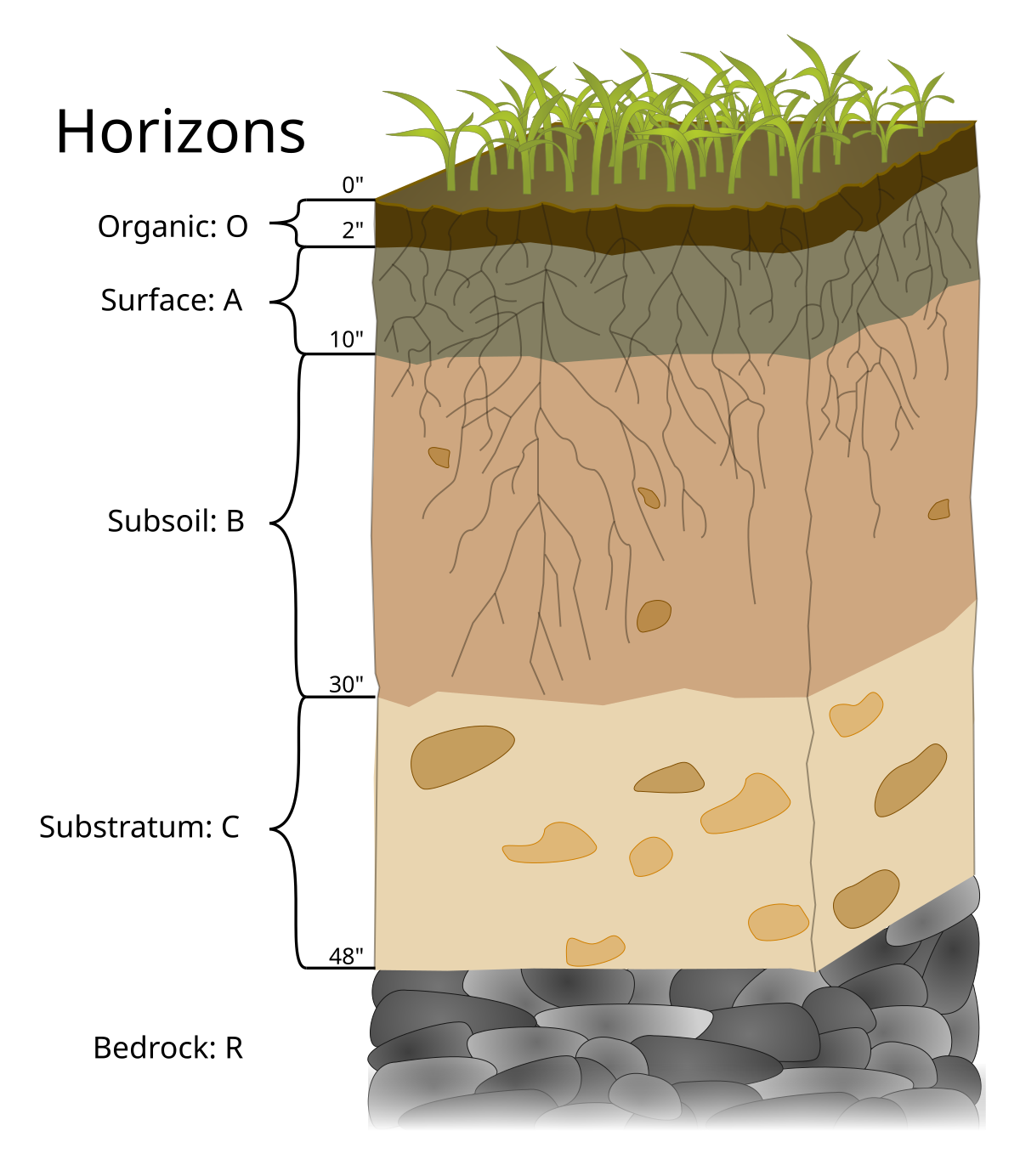Aussieaceae
Well-Known Member
Always take what others say with a grain of salt, including also what i'm suggesting. Because it is often not the case.
But I want to offer some advice. Which I've found has helped me a lot the last several years. And that's to minimize using a calmag salt solution, instead of an organic alternative.
There's an organic chelation effect occurring in your soil, all the time, and it's continuously changing a little. Depends on the nutrient profile of the soil, but especially due to soil environment. One example is your watering cycle. Another is temperature, ph, aeration, water holding capacity, organic matter, etc etc. They all matter and they all make a difference.
Happens a lot that there's a calmag deficiency growing these plants. It's probably the most common deficiency growers see, next to nitrogen.
This is where I want to offer the advice to always err towards an amendment intended for organics first.
Calmag salt solution is already chelated and readily absorbed by the plants. It's virtually a calmag drip. There're often growers experiencing calmag problems and are told by their hydro store or friends, to give them calmag solution for a fix. But best it is, is a Band-Aid.
Organic soil growers are reliant on the microbes to break everything down into a usable form. And the water to dissolve it for the plants to absorb. This is where calmag solution, imvho, becomes virtually useless as a permanent fix.
For one the microbes can't break it down. Secondly being chelated, it has an immediate change in nutrient profile. Can be helpful as a quick fix, but make a problem even worse, if deficiency isn't the root cause. Lastly because it's chelated already then there's no slow release of calmag either. Meaning you still have to add some slow release amendment, or use calmag all the time. It also runs out in the waste.
Always rule out overwatering, lack of aeration / drainage, or overfert first. That's more than likely the cause.
Keep your amendments organic, for organics, as best you can. The soil and microbes will take care of the rest.
Hope it helps another fellow noob. Take care and grow on!
But I want to offer some advice. Which I've found has helped me a lot the last several years. And that's to minimize using a calmag salt solution, instead of an organic alternative.
There's an organic chelation effect occurring in your soil, all the time, and it's continuously changing a little. Depends on the nutrient profile of the soil, but especially due to soil environment. One example is your watering cycle. Another is temperature, ph, aeration, water holding capacity, organic matter, etc etc. They all matter and they all make a difference.
Happens a lot that there's a calmag deficiency growing these plants. It's probably the most common deficiency growers see, next to nitrogen.
This is where I want to offer the advice to always err towards an amendment intended for organics first.
Calmag salt solution is already chelated and readily absorbed by the plants. It's virtually a calmag drip. There're often growers experiencing calmag problems and are told by their hydro store or friends, to give them calmag solution for a fix. But best it is, is a Band-Aid.
Organic soil growers are reliant on the microbes to break everything down into a usable form. And the water to dissolve it for the plants to absorb. This is where calmag solution, imvho, becomes virtually useless as a permanent fix.
For one the microbes can't break it down. Secondly being chelated, it has an immediate change in nutrient profile. Can be helpful as a quick fix, but make a problem even worse, if deficiency isn't the root cause. Lastly because it's chelated already then there's no slow release of calmag either. Meaning you still have to add some slow release amendment, or use calmag all the time. It also runs out in the waste.
Always rule out overwatering, lack of aeration / drainage, or overfert first. That's more than likely the cause.
Keep your amendments organic, for organics, as best you can. The soil and microbes will take care of the rest.
Hope it helps another fellow noob. Take care and grow on!




